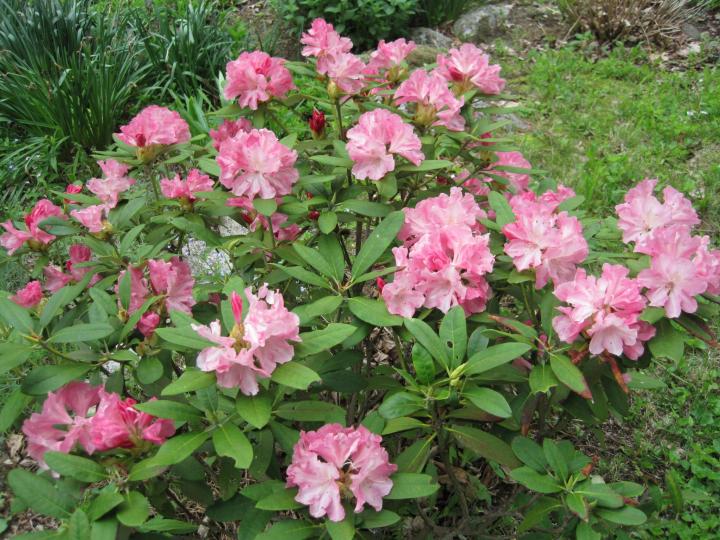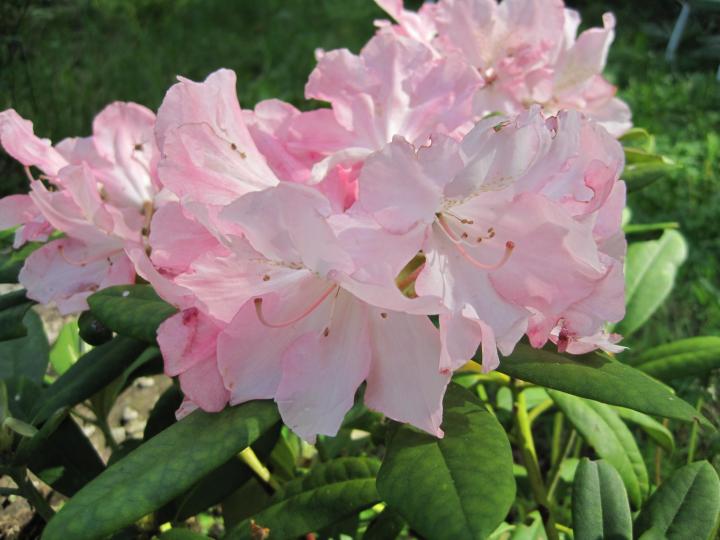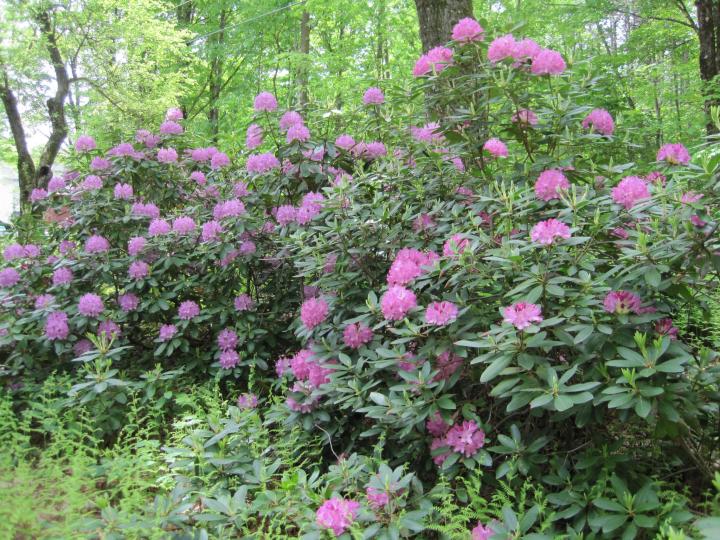
ADVERTISEMENT
How to tell the difference between the rhododendron and the mountain Laura? I live in North Ga. And we have both
Why do my rhododendron leaves turn yellow from edges until entire leaf if brown and dead.
why are the leaves turning brown ?
I planted a mounding rhododendron it was in full bloom, after blooming it set an abundance of buds, but come spring through summer they never opened, they have the same buds still on this spring and I don’t think they are going to open as it looks like it tried to set little buds out beside these old buds. Should I have picked all the buds off the first spring when they didn’t open and should I pick them off now and hope for a bloom next year. I wonder why they didn’t open the following sprung.
Hi Kay,
Sorry to hear that your rhododendron did not bloom. That must have been disappointing after seeing it in full bloom when planted. There are a number of factors that could be at play that caused the buds not to bloom—disease, stress caused by drought, over fertilizing, and incorrect soil makeup. Rhododendrons like acidic soil, so anything higher than 6.0 can cause them to not flower. If you have not already, it would be good to have the soil tested to determine its pH and then either amend or move your plant.
In terms of the buds, you will want to remove them, in case it is disease. If the new buds look at all like they have a chance to bloom this year, you should hold off on removing the old ones until after bloom time to avoid damaging the newer ones. Once it has bloomed or the bloom season has passed, remove the buds so your rhododendron can have space to form new buds that will hopefully bloom next year.
I have a purple rhododendron and im wondering if it will spread or can i cut a peace and let it root to grow another plant else where
The leaves on my Rhododendrum bush are full of holes (like a lacy pattern). This seems to have affected the flowers. Although I saw lots of buds forming, only three flowers bloomed. These only lasted a few days and the rest of the buds are now dormant. Should I cut the stems down or just cut off the leaves and how can I avoid this next year.
My rhododendron is in a pot under a Japanese maple tree. It has been there many years but NEVER bloomed. It looks healthy, not large because of pot, but I’m frustrated. What would you recommend?
I have my rhododendrons between two large trees and my water runoff in the winter goes in their direction plus the fallen leaves from the large trees gathers at the base of the rhododendrons. My question is should I clear out the leaves and should I get the dirt that gathers out of there I’m afraid their trunks will rot. Please help if you can. Thanks so much ~Becky~













